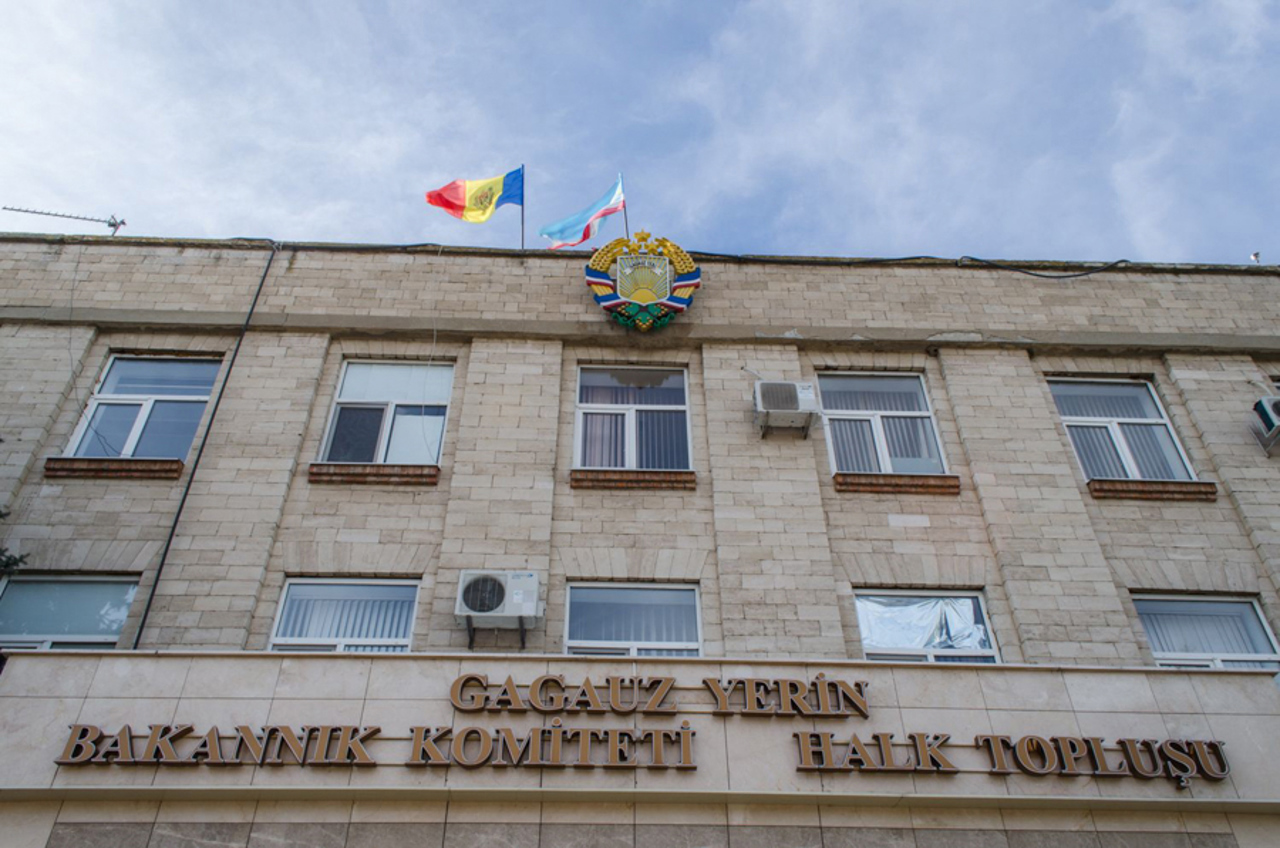Moldova's energy crossroads: Balancing dependence and diversification
Moldova faces a critical juncture in its energy security. Heavily reliant on imports for both natural gas and electricity, the small Eastern European nation is grappling with the challenges of dependence while striving to diversify its energy sources and build a more resilient system, as reported by Moldova 1.

The shadow of the 2022 energy crisis, which brought widespread power outages and soaring prices, looms large, underscoring the urgent need for change.
Moldova's energy landscape is marked by a complex web of import dependencies. Natural gas arrives primarily through three routes: a pipeline transiting through the Moldovan breakaway Transnistrian region, carrying Russian gas from Ukraine; the Iași-Ungheni-Chișinău pipeline connecting Moldova to Romania's gas network; and via Alexeyevka, Ukraine, a connection point for gas from both East and West. The Transnistrian route, currently supplying the entire 5.7 million cubic meters of gas per day that Russia delivers to Moldova, faces an uncertain future. With the potential cessation of Russian gas transit through Ukraine after January 1, 2025, as highlighted by discussions between former Moldovan Energy Minister Victor Parlicov and Gazprom head Alexei Miller in St. Petersburg, the future supply of gas to the region remains a key concern. This uncertainty has prompted both Chisinau and Tiraspol to publicly acknowledge preparations for a potential energy crisis.
Electricity generation presents an even more pressing challenge. Between 60% and 80% of Moldova's electricity is generated by the Cuciurgan Power Plant, located in Transnistria and controlled by the self-proclaimed authorities in Tiraspol. This dependence creates a significant vulnerability, as Moldova's energy security is tied to a politically unstable region. Further compounding the issue, local thermal power plants in Chisinau and Balti contribute only about 15% to the national electricity supply. While renewable energy sources, such as photovoltaic parks and biogas plants, are growing, they currently account for a mere 6% of the total energy mix. Until 2022, Moldova also imported approximately 30% of its electricity from Ukraine. However, these imports plummeted to a mere 0.2% in 2023 following Russian attacks on Ukraine's energy infrastructure. Currently, Moldova relies on imports from Romania through interconnection lines, including recently activated 110 kV lines. The existing 400 kV lines, which pass through Cuciurgan and Dnestrovsk power plants, are also crucial, but the limited capacity of the 110 kV networks and the incomplete development of the 400 kV infrastructure pose significant constraints on import capacity, especially in case of an emergency at Dnestrovsk or Cuciurgan power plants.
The 2022 energy crisis brought these vulnerabilities into sharp focus. Russian bombardments of Ukrainian energy infrastructure led to widespread power outages in Moldova on November 15th and 23rd, 2022, leaving even critical institutions without electricity for several hours. Simultaneously, Gazprom's reduction of gas deliveries to Moldova impacted Cuciurgan’s ability to generate electricity for both banks of the Dniester River. This forced Chisinau to procure electricity from Romania at higher prices, resulting in daily electricity deficits, especially during peak hours, and a significant rise in electricity prices for consumers, exceeding 5 lei/kWh.

In response to these challenges, Moldova is actively pursuing diversification and modernization of its energy infrastructure. Key to this strategy are the construction of three high-voltage 400 kV power lines connecting Moldova to Romania and, consequently, to the European energy market:
- The Vulcănești-Chișinău line, scheduled for completion by 2025, aims to facilitate integration with the European energy market.
- The Strășeni-Gutinaș line, supported by USAID and expected to be completed by 2029, will further strengthen the energy link with Romania.
- The Bălți-Suceava line, included in the National Development Plan for 2024-2026, aims to enhance energy stability in northern Moldova.

These projects represent a crucial step towards reducing Moldova's reliance on Transnistria and improving the resilience of its energy system. By increasing import capacity and diversifying supply routes, Moldova hopes to secure a more stable and predictable energy future, mitigating the risks highlighted by the recent energy crisis. The modernization efforts represent a long-term investment in the country's economic and political stability, paving the way for deeper integration with the European energy market.
Translation by Iurie Tataru




